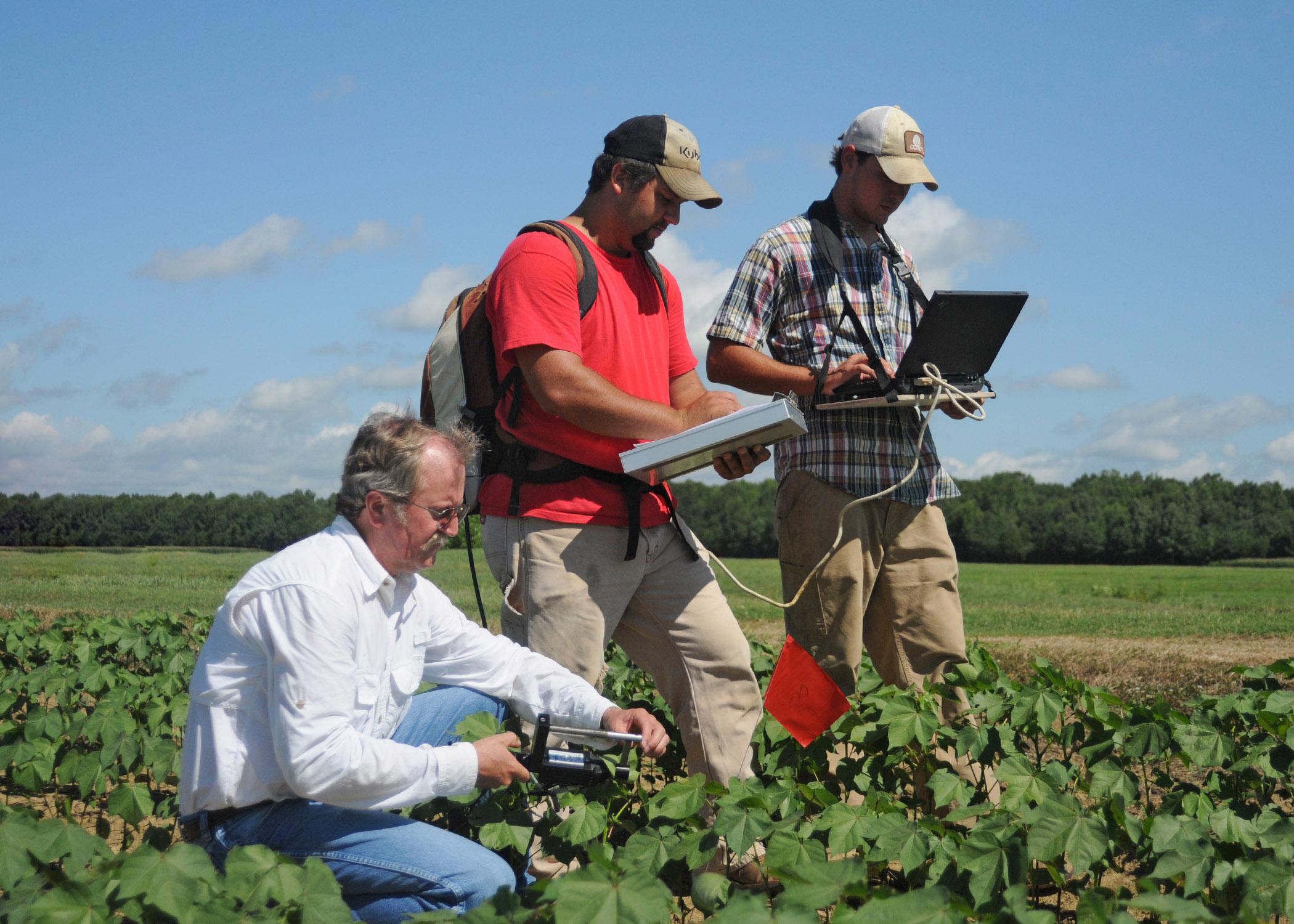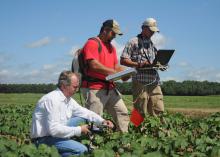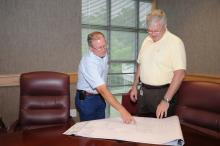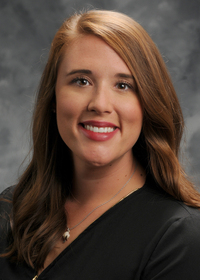Information Possibly Outdated
The information presented on this page was originally released on July 14, 2011. It may not be outdated, but please search our site for more current information. If you plan to quote or reference this information in a publication, please check with the Extension specialist or author before proceeding.
Cotton yields increase with new technology
MISSISSIPPI STATE – Researchers at Mississippi State University have developed technology that uses reflected light to analyze the presence of certain nematodes in cotton fields so producers can increase profits.
Since 2001, MSU associate professor of nematology Gary Lawrence and Giles Distinguished Professor of Electrical and Computer Engineering Roger King have been developing a way to use remote sensing technology to battle reniform and root-knot nematodes, which are the No. 1 cotton pest in Mississippi, Alabama and Louisiana. In recent years, Mississippi cotton producers lost more profits from these nematode infestations than any other state, including a loss of 225,000 bales worth $87.8 million in 2006.
“These worm-like parasites live on plant roots and feed off the plant’s juices, weakening the plant and resulting in lower productivity,” Lawrence said. “I felt that if we could find a more cost-effective and timely way of diagnosing the nematode population in a field, producers could apply the proper amount of nematicide to the infected area.”
Earlier research indicated that the reflectance values of cotton plants infected or stressed with the reniform nematode were different than un-infected plants. Lawrence and King decided to try hyperspectral imaging. This technique uses a sensor to collect thousands of samples of reflected energy from cotton plants across the visible and near-infrared electromagnetic spectrum to determine the presence and numbers of nematodes.
Lawrence first conducted controlled tests in small plots on MSU’s North Farm. Then he worked with cotton producers to determine if he got the same results in fields naturally infected. Four reflectance measurements were taken: the plant canopy, the soil, the plant canopy and soil, and a single leaf. He used an Analytical Spectral Device to gather data but needed a way to make sure the data accurately gauged the presence of nematodes.
King, who at the time was director of MSU’s Computational Geospatial Technologies Center and is now director of the Center for Advanced Vehicular Systems, led the engineering portion of the research.
“These kinds of projects require interdisciplinary efforts,” King said. “We brought together the agricultural and engineering disciplines to explore what technology could do. The engineering students wrote algorithms and software programs to see which mathematical algorithm would analyze the data best to correlate with the nematode sampling.”
The software created by electrical engineering graduate students matched reflectance data with the actual nematode counts collected when the reflectance data was gathered. Nematode sampling is a multi-step process that involves extracting the nematodes from the soil and suspending them in water so they can be viewed under a microscope and counted.
“Not only is this method time- and labor-intensive, but getting an appropriate number of samples from a field can cost a farmer thousands of dollars,” Lawrence said. “It’s simply not a cost-effective approach.”
Compared to the nematode counts, the data collected through hyperspectral imaging was 75 to 100 percent accurate. The data was used to generate a field map showing areas of low, medium and high nematode populations. From that, a prescription map for applying different amounts of nematicide was created. The next research question was practical: would site-specific applications of the product be helpful?
“What we discovered was that the variable rate application had three significant results,” Lawrence said. “For the producers, the yields were higher, which increases profits. Plus they saved money by applying only the amount of chemical required rather than blanketing their field with the amount needed to treat the highest population of nematodes found in their soil samples. The third benefit is to the environment, because site-specific applications reduce the amount of chemical used.”
This research benefits not only Mississippi, but the entire Southeast, as producers in Alabama and Georgia routinely use the site-specific application method for treating their fields.
“Out of all of the original research projects funded for the purpose of creating commercial uses for hyperspectral imaging technology, our project was the only one to receive a patent,” Lawrence said. “We hope that in the future, we’ll be able to use the sensors on satellites to get orbital views of the fields, which will allow even faster results using more data points.”
Contact: Dr. Gary Lawrence, (662) 325-2811; Dr. Roger King, (662) 325-2189









